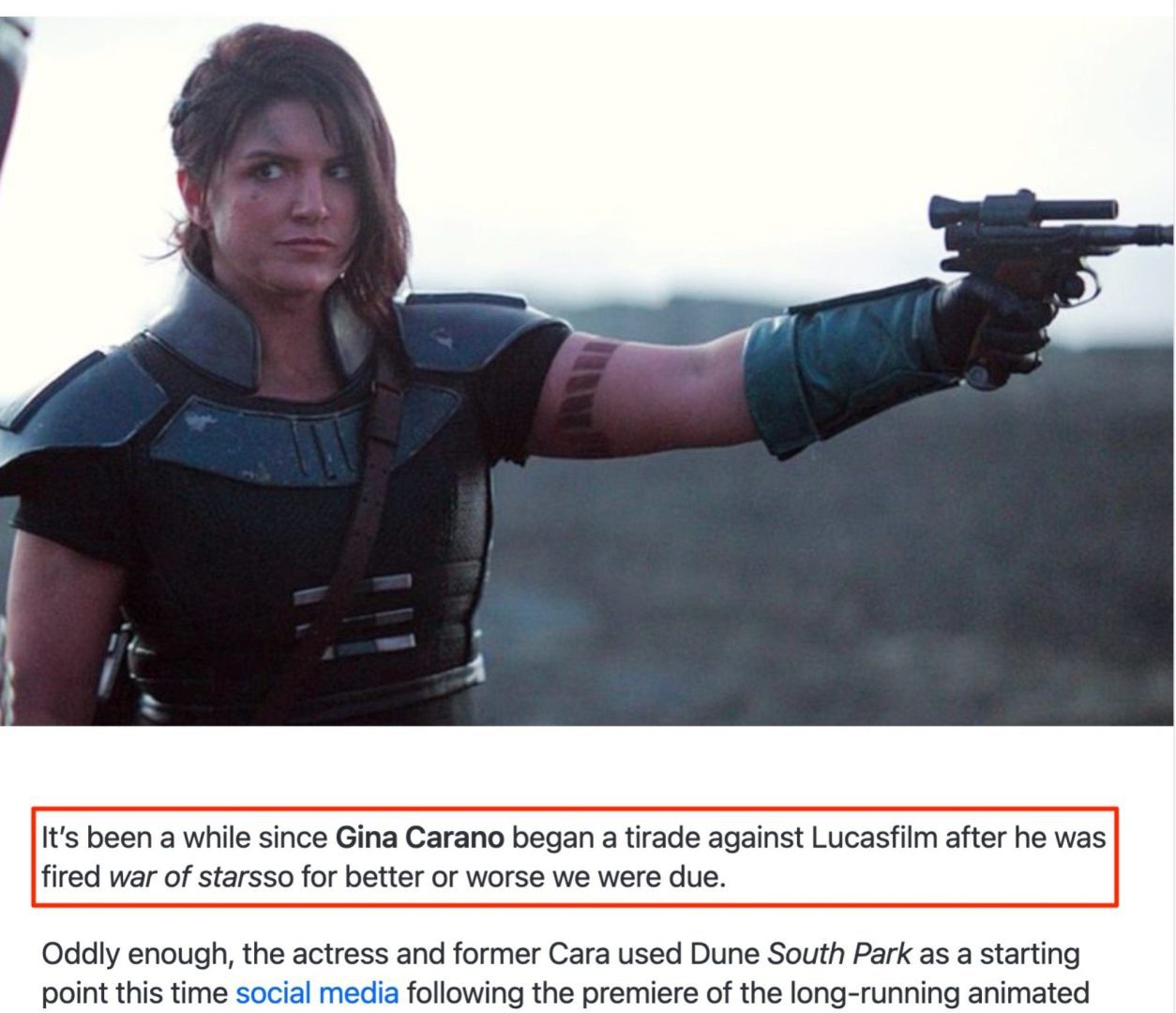Largest known crab claw fossil discovered
Gattung pseudocarcinus March 4, 2024 7:51 p.m. Robert Klatt Fossil of a crab claw of Pseudocarcinus karlraubenheimeri )scisyhpoeG adn ygoloeG fo lanruoJ dnalaeZ weN(Photo: © The largest crab claw fossil has been discovered in New Zealand. This discovery could show why crabs suddenly became big during their evolution. Utrecht (Netherlands). Barry van Bakel from Utrecht […]

Gattung pseudocarcinus
Robert Klatt
Fossil of a crab claw of Pseudocarcinus karlraubenheimeri
)scisyhpoeG adn ygoloeG fo lanruoJ dnalaeZ weN(Photo: ©
The largest crab claw fossil has been discovered in New Zealand. This discovery could show why crabs suddenly became big during their evolution.
Utrecht (Netherlands). Barry van Bakel from Utrecht University and amateur paleontologist Àlex Ossó have discovered a new species of prehistoric crustacean in New Zealand. According to the publication, the Pseudocarcinus karlraubenheimeri fossil is found in New Zealand Journal of Geology and Geophysics approximately 8.8 million years old and includes well-preserved armor and heaviness.
The fossilized heaviness of the prehistoric crayfish Pseudocarcinus karlraubenheimeri measures approximately 20 centimeters long. It is the largest crab claw fossil ever discovered. According to researchers, the prehistoric crab is a relative of the giant Tasmanian crab (Pseudocarcinus gigas), which lives in southern Australia.
Distribution of the genus Pseudocarcinus
According to scientists, the discovery shows that crayfish of the genus Pseudocarcinus once had a significantly larger habitat than today. According to fossil deposits, the ancient crab lived in an area of the sea where gas leaks occurred regularly. Many shellfish still live in these areas today and forage for food around the gas fireplaces. Habitat may also explain why crabs became so large during their evolution. Researchers believe the size was necessary so that the animals could use their scissors to crack the shells of the molluscs that lived there.
Scissors of different sizes
The two scissors of Pseudocarcinus karlraubenheimeri are of different sizes. On the one hand, this is because crabs only need a pair of scissors to cut open their prey. The second, a small pair of scissors, saves resources. Additionally, the size of the scissors could serve to attract mates.
According to the researchers, these two factors led to an increase in the size of the genus Pseudocarcinus of up to nine millimeters per million years. This is how the giant Tasmanian crab was born, whose claws can be up to 50 centimeters long.
New Zealand Journal of Geology and Geophysics, doi: 10.1080/00288306.2024.2314472














